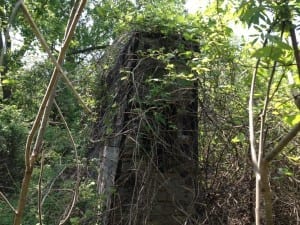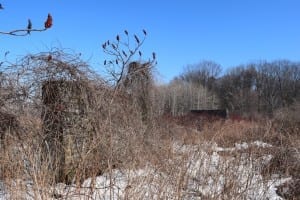A Township at War (2018) describes daily life inside of (and also far, far away from) the southern Ontario township of East Flamborough during the First World War
As part of my reading about the First World War in connection with a biography I am working on, I’ve come across the work of the Canadian historian Jonathan F. Vance.
I recently came across, at the Stratford Public Library (SPL) website, a study by Vance about the history of Canadian culture. Two reviews of the book, at the latter website, were not overly enthusiastic but I decided I should have a look and decide for myself.
Coming across the book at the SPL site prompted me to do a search for online reviews of A History of Canadian Culture (2009). The reviews were positive; I’ve borrowed the book along with A Township at War (2018) and Building Canada (2006).
The final link in the previous sentence connects to a book review of Building Canada (2006). The review notes that the lack of endnotes, in the case of this particular book, is a source of concern. From what I’ve read of the latter book, it’s a good read – for example, I learned things about the Banff Springs Hotel that I did not know about previously. That said, the lack of endnotes is indeed a limitation of this particular study.

Wooden baffles such as this one served as sound barriers at the Long Branch rifle ranges. Jaan Pill photo
The books are well worth reading, in my view. For the current post, I will mention just two points of interest regarding A Township at War (2018).
A key point is that Vance argues that a township such as East Flamborough, featured in this study, is “both unique and archetypal.”
That is, by understanding the story of this small southern Ontario township, you get to understand – in a manner that a person can relate to at the personal level – the experiences of people across the country – and in Europe in the trenches and battlefields – in those years.

Wooden baffles on left and in background at Long Branch rifle ranges in Lakeview, Mississauga, near the Small Arms Inspection Building. Jaan Pill photo
Long Branch rifle ranges
The second key point is that on page 66 of the study you will find a reference to the rifle ranges at Long Branch, west of Toronto.
When soldiers from the township and elsewhere were engaged in military training at Toronto’s Exhibition Grounds, the time came when they marched seven miles to the Long Branch rifle ranges. There they would practise the firing of their rifles.
The Long Branch rifle ranges were just west of the Village of Long Branch (that is, in what is now Lakeview, Mississauga), but were named after Long Branch.
How the rifle ranges, which were not actually in Long Branch, came to be named the Long Branch rifle ranges makes for an interesting story, which is outlined at a previous post entitled:
Another previous post highlights the history of the Long Branch rifle ranges:
Long Branch rifle ranges, Small Arms Building, and the Arsenal Lands
Long Branch Aerodrome
As well, flying cadets received training during the First World War at the Long Branch Aerodrome, which was located near the Long Branch rifle ranges in what is now Lakeview, Mississauga:

Leave a Reply
Want to join the discussion?Feel free to contribute!